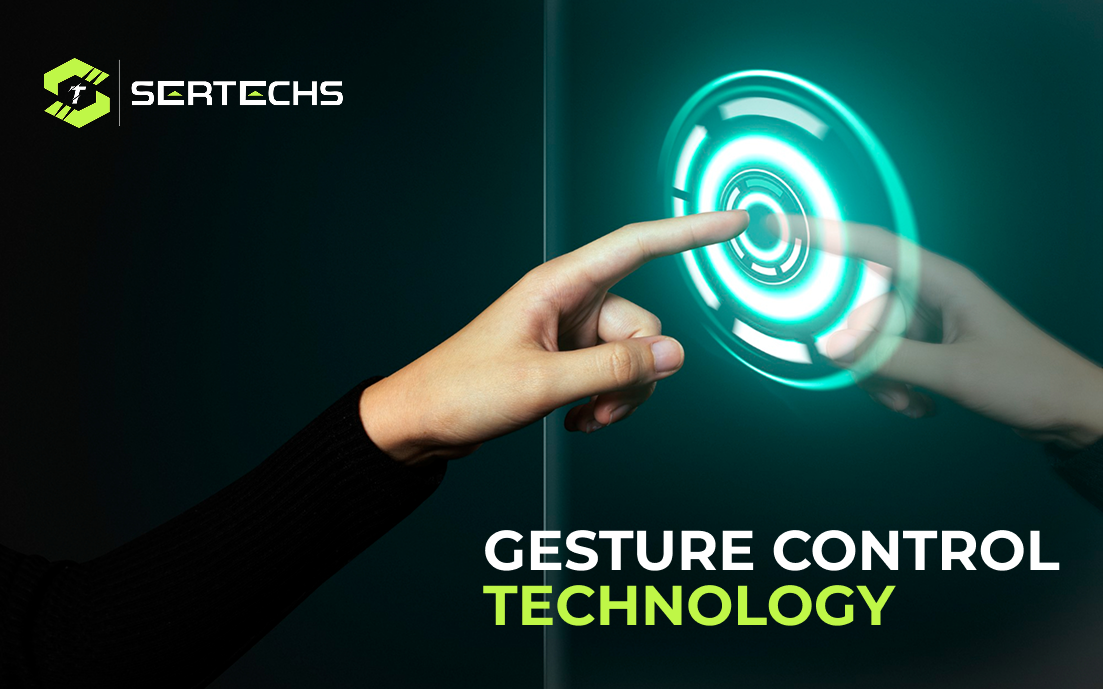Gesture control technology enables users to interact with devices or systems using hand movements, body gestures, or facial expressions instead of traditional input methods like keyboards, mice, or touchscreens. This technology allows for a more natural and intuitive form of human-computer interaction.
Here are some key aspects and applications of gesture control technology:
Gesture Recognition:
This involves using sensors, cameras, or specialized devices to detect and interpret human gestures. Different types of gestures can be recognized, such as hand movements, finger gestures, body motions, and facial expressions.
Sensors and Devices:
Various technologies enable gesture recognition, including depth-sensing cameras (like Microsoft Kinect or Intel RealSense), infrared sensors, accelerometers, gyroscopes, and more. These sensors capture movements and translate them into commands or interactions.
Applications:
Consumer Electronics:
Gesture control is used in gaming consoles, smart TVs, and VR/AR devices to enhance user experience and interaction.
Automotive Industry:
Gesture recognition can be found in vehicles for controlling infotainment systems, adjusting settings, or answering calls without physically touching the dashboard.
Healthcare:
Gesture control technology aids in hands-free operation of medical equipment and can be used in rehabilitation exercises.
Public Spaces:
Interactive displays in public spaces, museums, or exhibitions often incorporate gesture control for user engagement.
Industrial Use:
Gesture control can be utilized in manufacturing and other industries for controlling machinery or equipment without direct physical contact.
Challenges:
Accuracy and Reliability:
Ensuring accurate recognition of gestures and minimizing false positives or false negatives.
Adaptation and User Experience:
Designing interfaces that are intuitive and easy for users to adopt.
Privacy and Security:
Addressing concerns related to data privacy, especially when using cameras or sensors to capture gestures.
Future Developments:
Ongoing advancements aim to improve gesture recognition technology by enhancing accuracy, reducing latency, and expanding its applications across various domains. Machine learning and AI techniques are increasingly being employed to enhance gesture recognition algorithms.
Overall, gesture control technology offers a hands-free and intuitive way for humans to interact with devices and systems, contributing to the evolution of more natural and immersive user experiences in numerous fields.





